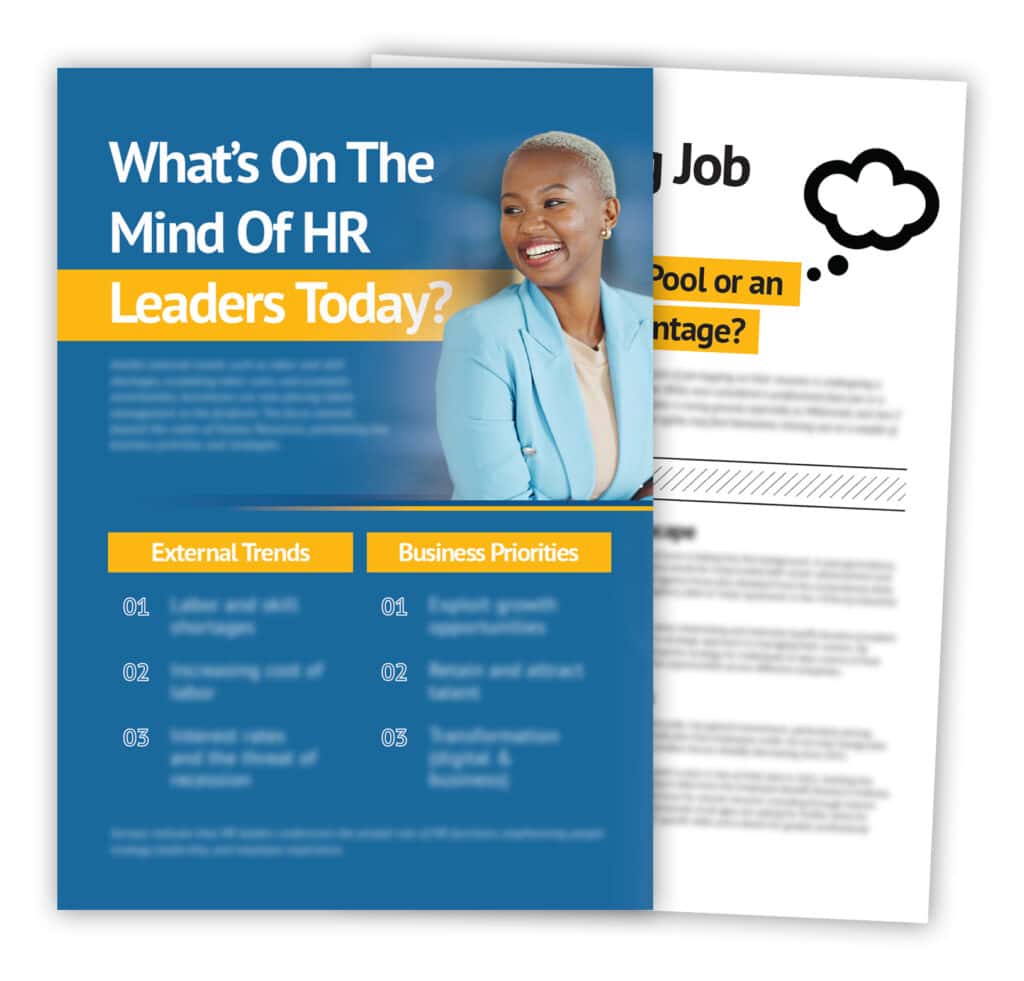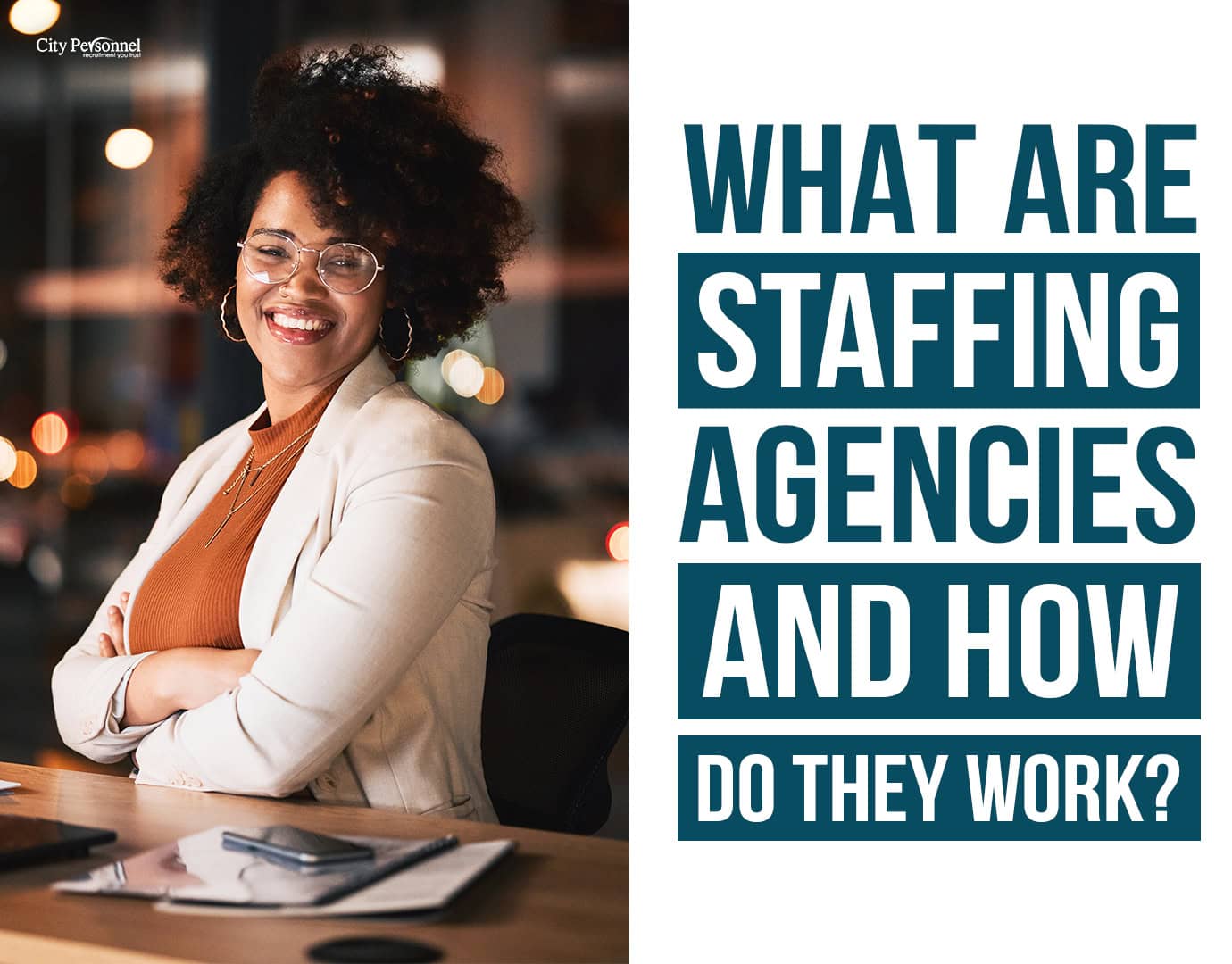In the quest for the perfect fit, hiring managers engage in a rigorous process to identify the individuals who will thrive in their company’s environment. Yet amid the careful crafting of job descriptions, the screening of resumes, and conducting interviews, there’s a silent influencer that can sabotage even the most robust hiring practices: unconscious bias.
This blog post aims to guide hiring managers through the complexities of addressing unconscious biases in recruitment—a crucial step toward fostering diversity and creating an inclusive workplace.
2024 Recruitment Playbook

Unconscious bias in recruitment refers to the subtle, often automatic human prejudices that can impact our decisions during the hiring process without our conscious awareness. These biases, stemming from personal experiences and cultural upbringings, can lead to unintentional discrimination and have far-reaching effects on the diversity and inclusivity of a team or organization.
Recognizing and mitigating unconscious bias is not only a moral imperative but also a strategic business decision. Diverse teams lead to more innovative solutions, better decision-making processes, and improved customer service. Despite the evident advantages of fostering a diverse workplace, many recruitment processes continue to overlook the insidious effects of bias, resulting in less diverse workforces.
For hiring managers, understanding the nature of unconscious bias and implementing strategies to combat it is paramount to ensuring a fair and representative recruitment process.
Understanding Unconscious Bias
There are several types of unconscious biases that commonly infiltrate the hiring process. These include:
Affinity Bias
Affinity bias leads hiring managers to favor candidates who share their own characteristics or backgrounds. This bias can lead to homogeneity within organizations as hiring decisions are subconsciously skewed towards familiar traits.
Confirmation Bias
This bias occurs when hiring managers seek out information that confirms their initial assessments of candidates, ignoring or downplaying any information that contradicts their preconceptions.
Beauty Bias
Beauty bias affects the hiring process when more attractive candidates are preferred over others, leading to discrimination against unattractive individuals.
Conformity Bias
Conformity bias manifests when hiring managers prefer candidates who fit into the existing company culture, even if that culture is not inclusive or representative of a diverse workforce.
Name Bias
Name bias occurs when candidates with names that sound more traditionally “Western” are preferred over those with more culturally distinct names, irrespective of qualifications.
Halo and Horns Effect
These biases occur when a single positive or negative trait about a candidate unduly influences the overall perception, leading to the exaggeration of their qualities, good or bad.
Each of these biases can significantly skew a hiring manager’s perception of a candidate’s suitability for a role and, when left unchecked, can lead to discrimination in the selection process.
The Impact of Unconscious Bias on Recruitment Outcomes
Unconscious bias can result in several negative outcomes in the recruitment process, including:
- Reduced Diversity: Biased hiring practices lead to a less diverse workforce, which stifles innovation and can alienate a broad customer base that resonates with diversity.
- Legal Risks: Discriminatory hiring practices can lead to legal challenges and damage a company’s reputation.
- Reduced Candidate Pool: Bias often excludes qualified candidates from underrepresented groups, leading to a reduced pool of talent.
- High Turnover: A lack of diversity can lead to poor cultural fit and, subsequently, high employee turnover.
Recognizing these impacts is the first step in the long process of combating and addressing unconscious bias in hiring.
Strategies to Mitigate Bias
Thankfully, there are strategies that hiring managers can adopt to mitigate the impact of unconscious bias and create a more equitable recruitment process. Some of the most effective methods include:
Blind Recruitment Processes
Blind recruitment involves removing personal information from application materials, such as names, photos, and gender identifiers, to prevent these factors from influencing the initial screening process. This approach ensures candidates are selected based solely on their skills and experience.
Diverse Interview Panels
A diverse interview panel can provide different perspectives and reduce the chance of bias influencing hiring decisions. Ensure the panel represents various genders, ethnicities, ages, and backgrounds.
Use of Structured Interviews
Structured interviews, where all candidates are asked the same questions in the same order, can help remove bias by focusing on job-related factors. Compared to unstructured interviews, structured interviews provide a more consistent and fair assessment of each candidate’s ability to perform the job.
Training And Awareness
It’s essential to provide hiring managers with unconscious bias training. This training should be a part of professional development and emphasize the importance of recognizing and addressing biases throughout the recruitment process.
Measuring Success
Implementing strategies to combat unconscious bias is not enough; their effectiveness must be monitored. Use metrics to track the diversity of applicants, interviewees, and hired candidates. Collect feedback from interview panels and candidates to understand where improvements can be made.
Conclusion
For hiring managers, combating unconscious bias in recruitment is a multifaceted challenge that requires a shift in mindset, the adoption of new practices, and an ongoing commitment to learning and improvement. By implementing blind recruitment practices, ensuring diverse interview panels, and utilizing structured interviews, hiring managers can mitigate the impact of bias in their processes.
The road to fair and inclusive hiring is long, but the benefits for organizations are immense. Through conscious effort and dedication, hiring managers can ensure that their recruitment processes reflect the principles of equity and provide opportunities for all qualified individuals, irrespective of background or identity.
In the end, addressing unconscious bias in recruitment isn’t just about fairness or legal compliance—it’s about finding the best talent and building a stronger, more innovative workforce.








